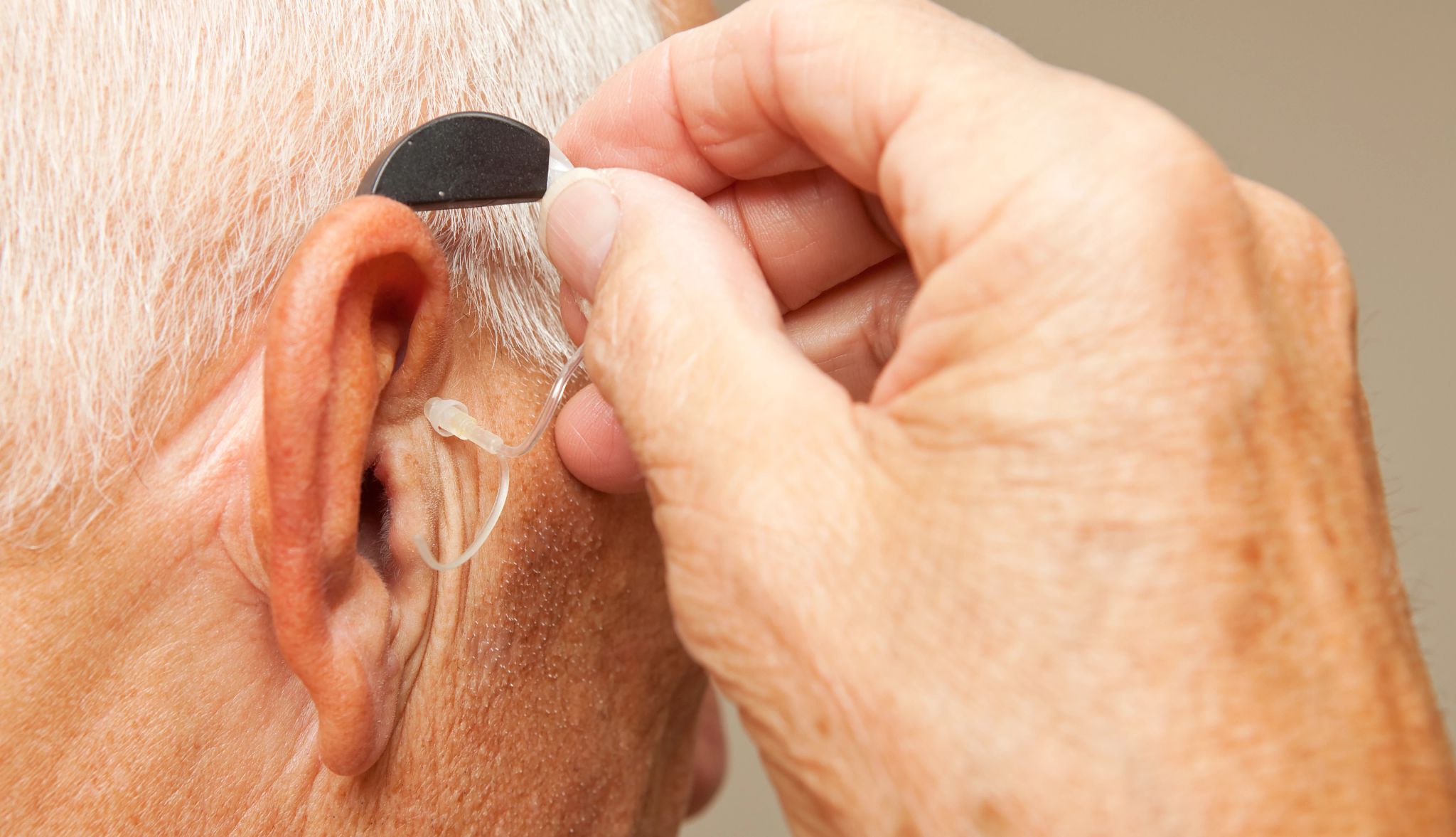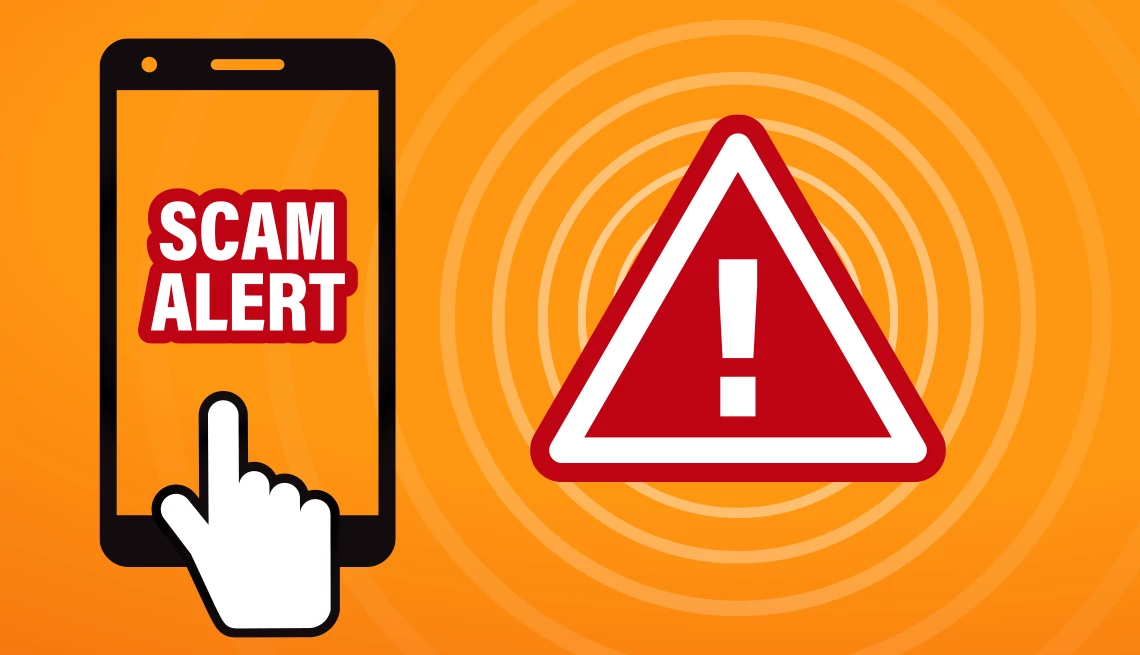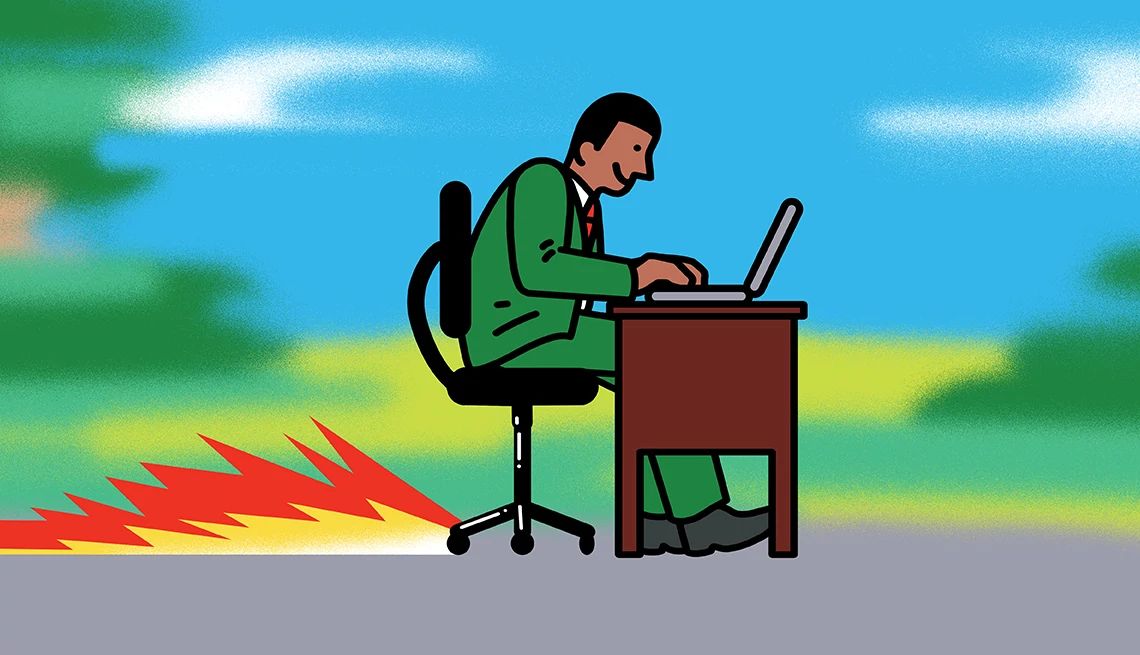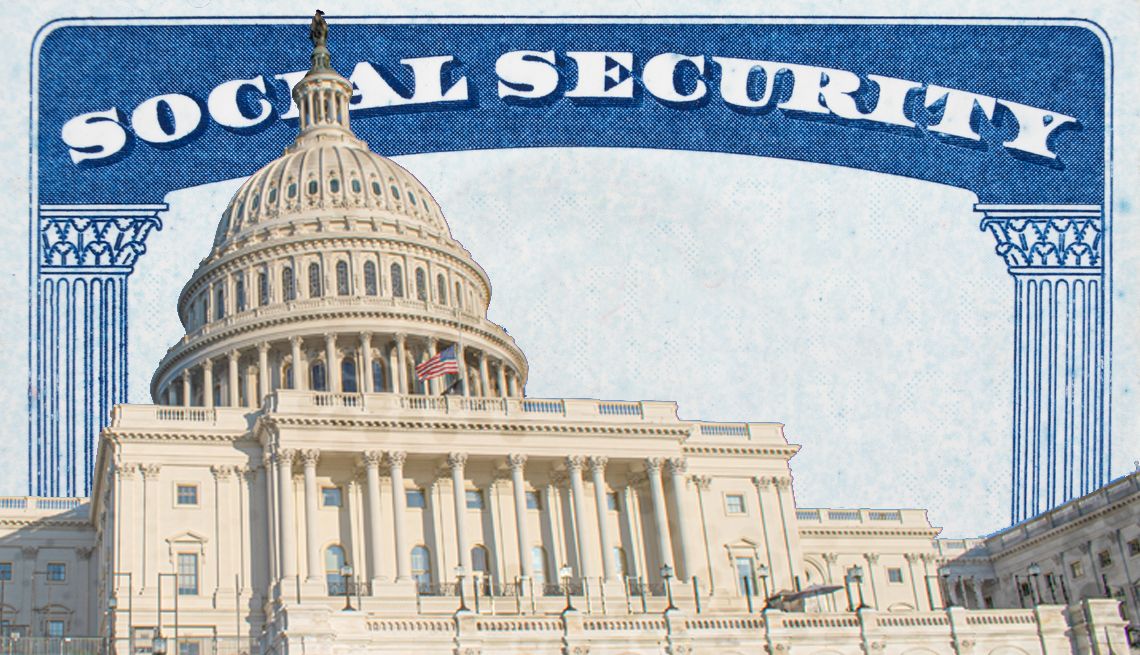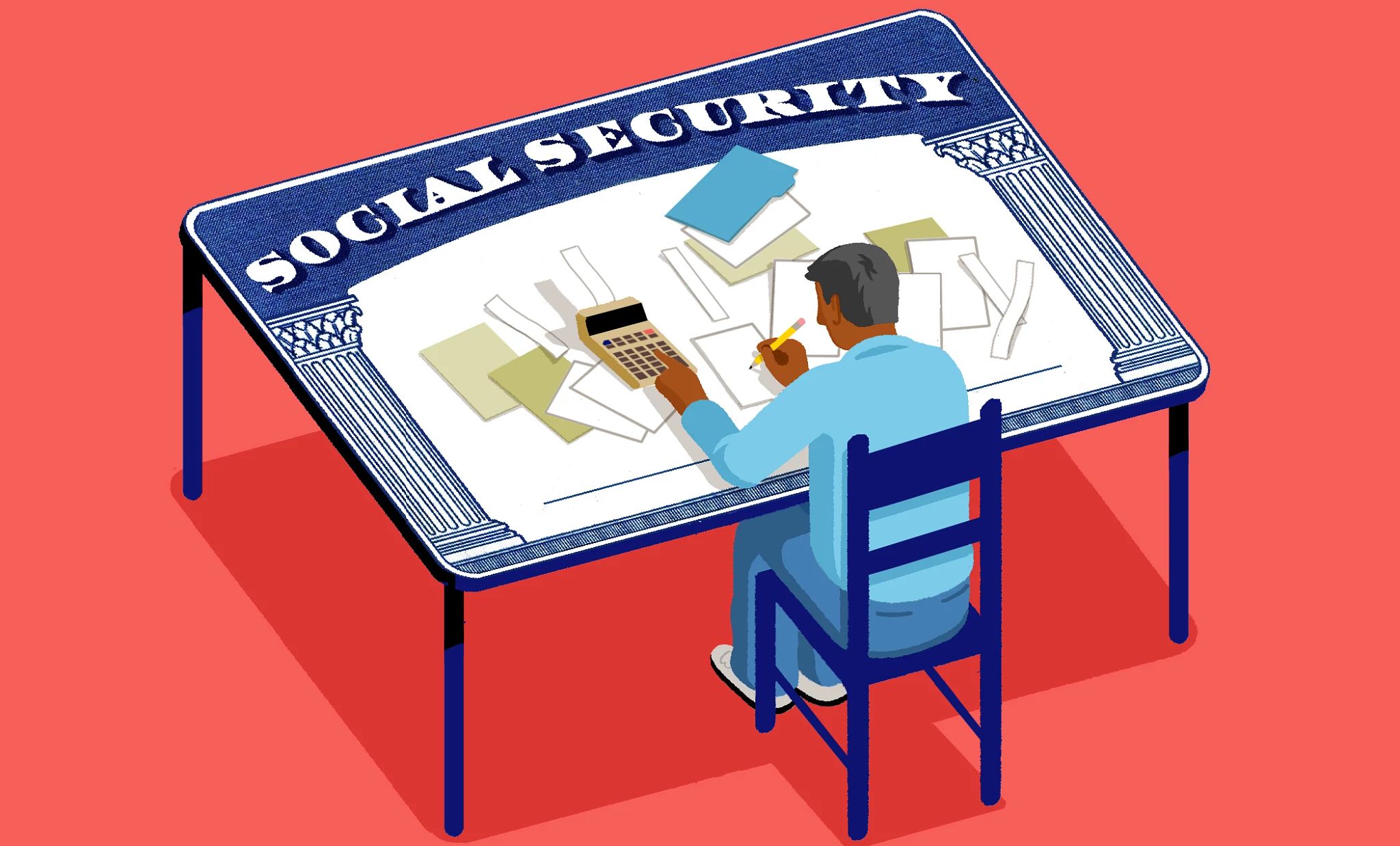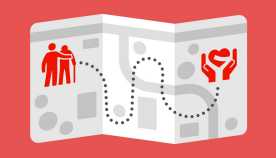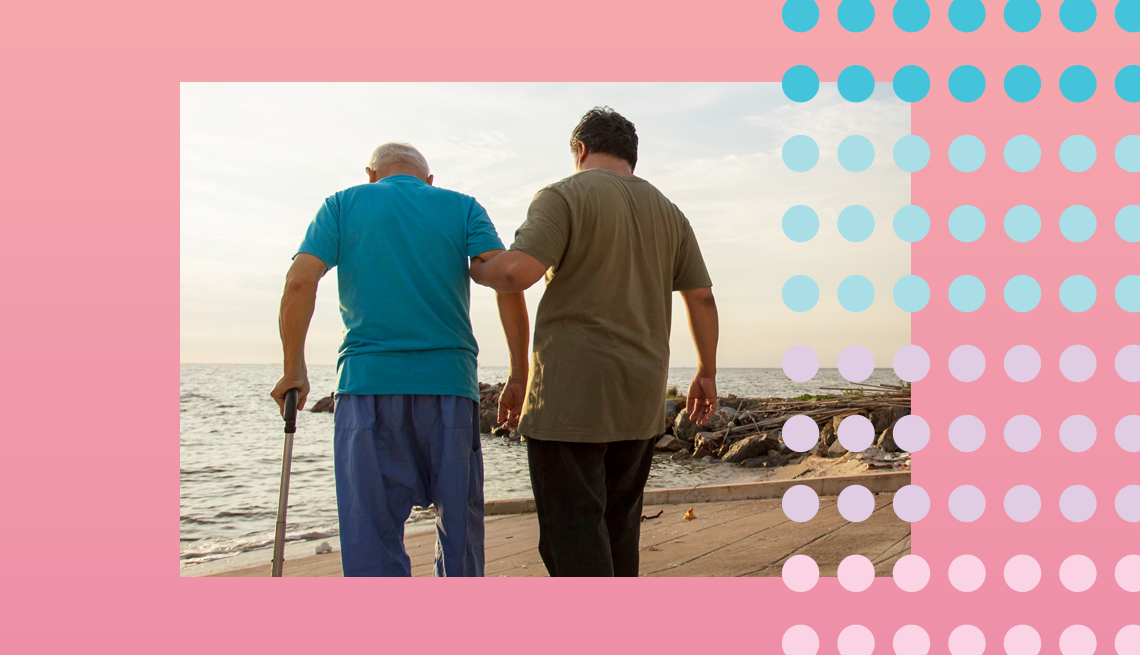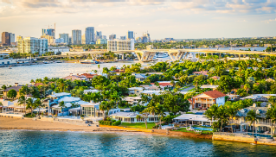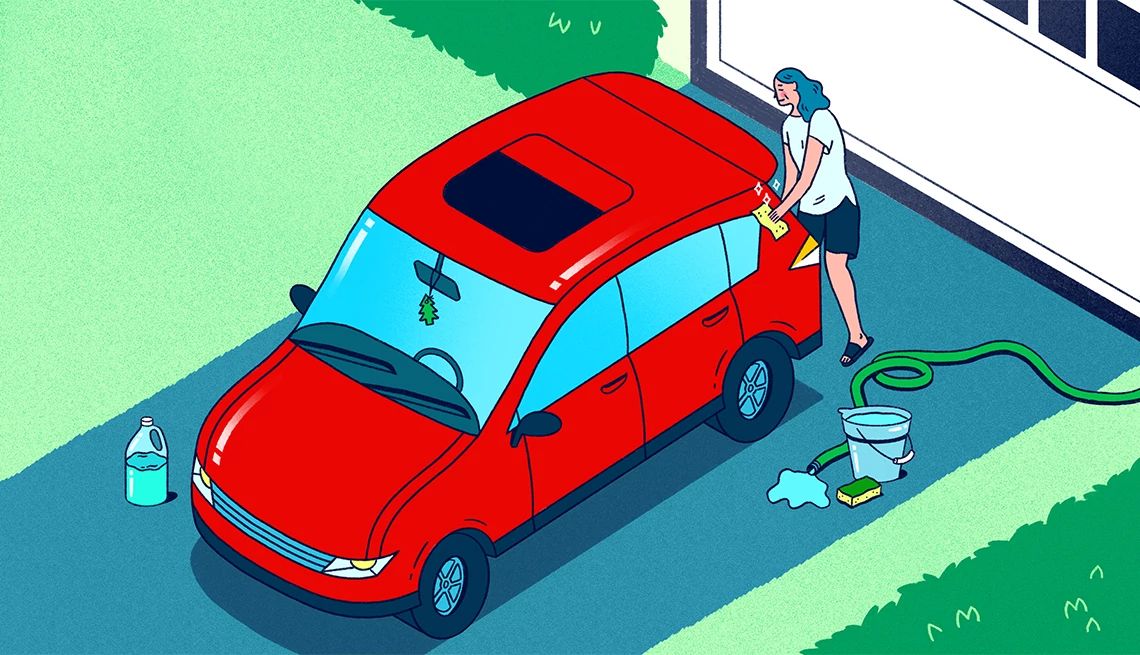AARP Hearing Center
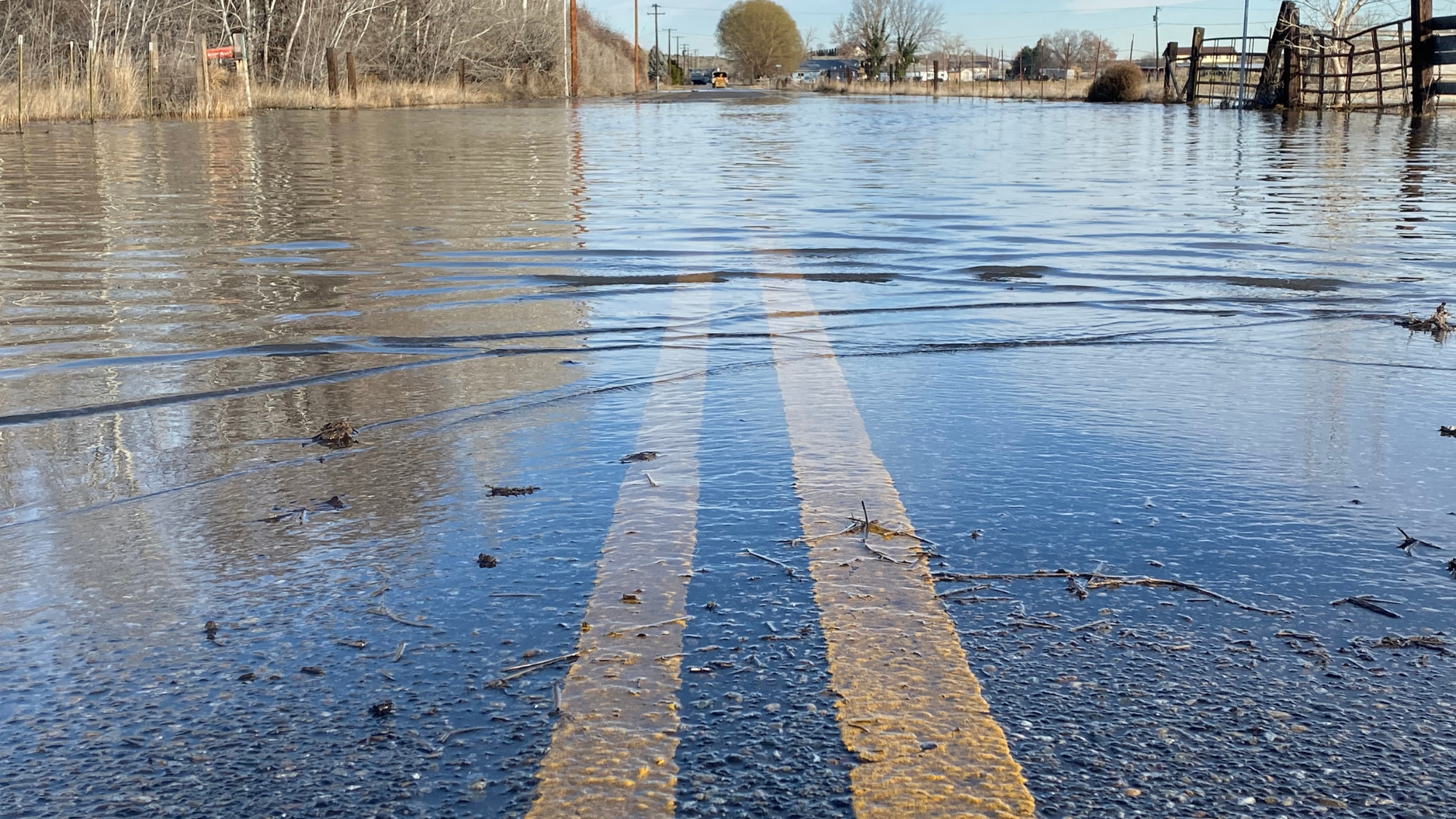
In the Natural State, flooding can occur at any time of year. It's important to stay weather-aware and consider what you might do in case of flash or flash flooding.
"Flash floods are the most dangerous kind of floods, because they combine the destructive power of a flood with incredible speed," NOAA National Severe Storms Laboratory.
The National Weather Service shares this easy to remember reminder, "Turn around, don't drown!"
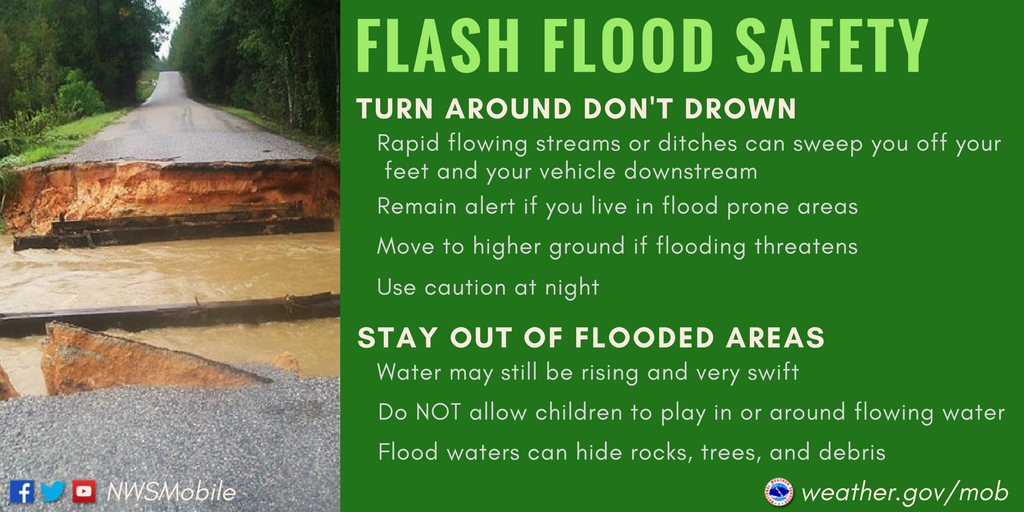
The organization also shares tips to keep in mind before, during, and after a flood emergency. You can review those fully here, or in brief below.
Before
- Prepare a "go kit"
- Review a family communications plan
- Stay weather aware
- Know your route and where flooding might occur
- Charge phones and other devices you may need
- Secure pets, medication, and important documents
- Do not wait to leave for higher ground
- Turn off utilities from the source if possible and unplug electronics
- Move items to higher levels of home if possible
During
- Seek higher ground/safety
- Do not unplug items in standing water or if you are wet
- Follow the directions of emergency personnel
- Remember that water may make roadways unsafe or change the look of surroundings
- Stay weather-aware by continuing to follow media outlets
After
- Stay out of areas marked unsafe
- Only return to your home when you receive an all clear
- Stay in contact with family and friends
- Be aware that water could change road conditions or wash in hazards such as sharp objects, snakes, down power lines and more
- Listen for boil warnings or other important notices about conditions in your area




